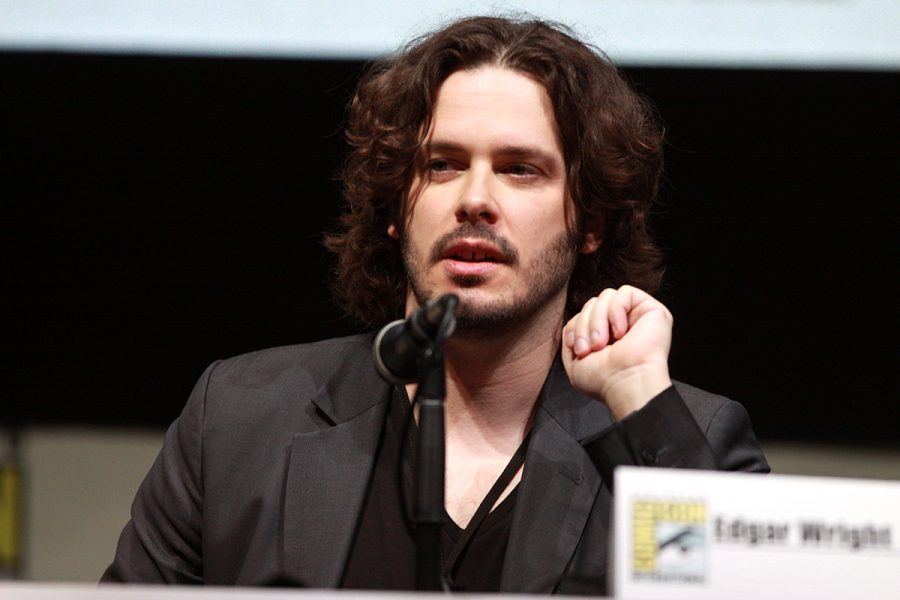The summer movie season is often defined by rip-roaring action blockbusters and animated powerhouses. Summer 2017 is no different with the likes of “Wonder Woman” and “Despicable Me 3.” However, for me Edgar Wright’s “Baby Driver” and James Gunn’s “Guardians of the Galaxy Vol. 2” have made summer 2017 not just a summer of blockbusters, but a summer of soundtracks.
Incorporating soundtracks into films can be a much trickier game than doing an original orchestral score. Scores are made specifically for the films they are a part of, so only a poor composer could lead to the music not fitting into the world of the film naturally. With soundtracks, the curator of the music has to pull songs that weren’t made to be part of the film’s world, and give them a home in the film that has a mutually beneficial effect for the songs and the picture.
The best relationships between soundtrack and film happen when the music of the soundtrack logically fits into the film’s setting. For instance, Cameron Crowe’s 2000 rock music dramedy “Almost Famous,” fits in a massive 51-song soundtrack without a hiccup as the late 60s and early 70s rock music is a logical companion to the film’s setting of the early 70s rock and roll scene. A similar example is Ernest Dickerson’s 1992 crime drama “Juice.” Dickerson infuses a hip-hop heavy soundtrack into the film through Q, a DJ in Harlem, as well as through the casting of Tupac as the character of Bishop and by mirroring the film’s themes of inner-city violence with the lyrical content of the music.
A contemporary example of poor soundtrack incorporation is last year’s “Suicide Squad” which tried to throw different genres of music from many different eras into a superhero team-up movie set in a fictional present-day. The music had no reason to exist within the world other than to maybe suggest something about the characters, and that fails with examples like “You Don’t Own Me” playing the first time we see Harley Quinn, only for her to be sexually objectified on camera and wholly subservient to Jared Leto’s Joker throughout the rest of the film. Examples like this make the incorporation of soundtrack feel clunky, manipulative and unearned.
A soundtrack is susceptible to feeling unearned when it doesn’t fit naturally into the setting. That’s what makes James Gunn’s and Edgar Wright’s successful incorporation of soundtracks that much more impressive. “Guardians of the Galaxy Vol. 2” is a cosmic sci-fi adventure starring a space mercenary and his band of alien partners, but the soundtrack is chalked full of 70’s and 80’s rock and pop tunes. “Baby Driver” is a action-crime film set in modern day Atlanta filled to the brim with music ranging in genre and period. Both Gunn and Wright use interesting filmmaking techniques to naturally make the films act as their personal cinematic iPods.
Something both directors do in their films is make the vehicle of the music centrally important to the main character. In “Guardians of the Galaxy Vol. 2,” main protagonist Peter Quill always carries a Walkman and mixtapes made by his mother from Earth. These tapes are deeply personal to Peter as they are his last physical link to his mother. The music is central to the main character’s identity and represents the film’s strong theme of family bonds. In “Baby Driver,” the protagonist, Baby, has severe tinnitus from a childhood car accident that claimed the lives of his parents. In order to drown out the ringing of the tinnitus, Baby always has earbuds in as he listens to music off one of the multiple iPods he carries with him. This is not only a narratively logical reason to have the music, but also a representation of Baby’s emotional repression of the traumatic event from his childhood. Gunn and Wright don’t just find a place for the music to fit, they create places for the music to fit, and then use those places as a cinematic and musical playground.
The two directors also use what is called diegesis to incorporate their music. Something being diegetic simply means that it is happening on screen. This makes the sound of character’s talking on screen diegetic, but a film score playing over the talking is non-diegetic as it isn’t coming from the world of the film. In “Guardians of the Galaxy Vol. 2” and “Baby Driver,” all of the music is diegetic. Not one song plays in either film where we don’t see the source of the music first. Wright even syncs the diegetic beats and sound effects of the fight scenes in “Baby Driver.” A quick insert shot of a character plugging in an aux cord or pressing play on an iPod causes the music to literally exist in the film’s world, further giving earned reason for the soundtrack to be there.
When incorporated correctly, a good film soundtrack can make a good film even more distinct and memorable. The ability to reasonably incorporate music unrelated to the general setting in their films speaks to Gunn and Wright’s immense creative talents as writer-directors as well as their undeniable musical tastes. Watching their well-soundtracked films creates a sense of the films hanging out with the audience, grabbing the aux cord and turning on a playlist from their own cinematic iPod.







